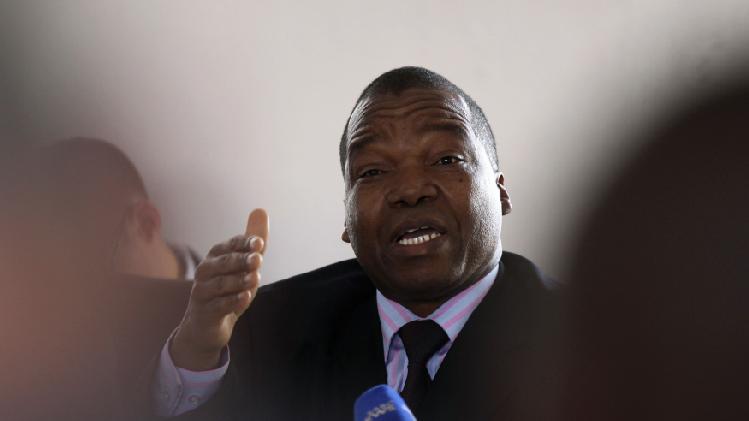Presenting his latest monetary policy statement on Wednesday, central bank governor John Mangudya looked like a runner who had just done the Gutu Half Marathon in mid-October.
Journalists covering his speech remarked how tired and jaded he looked.
Although he tried to keep his usual pleasant humour, there was little of the confidence and verve he had shown just a year ago.
This time last year, it had been three months since he had announced the introduction of bond notes.
He was deftly fending off critics, meeting #ThisFlag activists in this same auditorium, and vowing that his unique plan would work.
“If these policy measures fail, if the bond notes do not work out, I’m willing to resign,” he confidently declared at a meeting in Zvishavane last September.
A year later, he looks more irritable and frustrated than confident.
The bond notes are not working so far, and yet he is bringing in more of them, and has to repeatedly justify his actions.
Watching him deliver his speech, one expected him to stop midway through his speech, throw it away, and declare that there was really no point to all this.
His frustration is showing, and it seeps through the 100 pages of his mid-term policy statement released this week.
I know the problems and how they must be fixed, but I can only do so much, is the one key message from Mangudya in his latest statement.
He points out the problems well.
The root cause of the forex crisis, he says, is high government spending and low production and exports.
Of these, he can only print bond notes and tinker with incentives, a policy he describes creatively as “non-traditional home-grown monetary policy tools.”
“The other two imperatives (state spending and low production) are outside the purview of Monetary Policy,” he complains.
Continued next page
(175 VIEWS)
